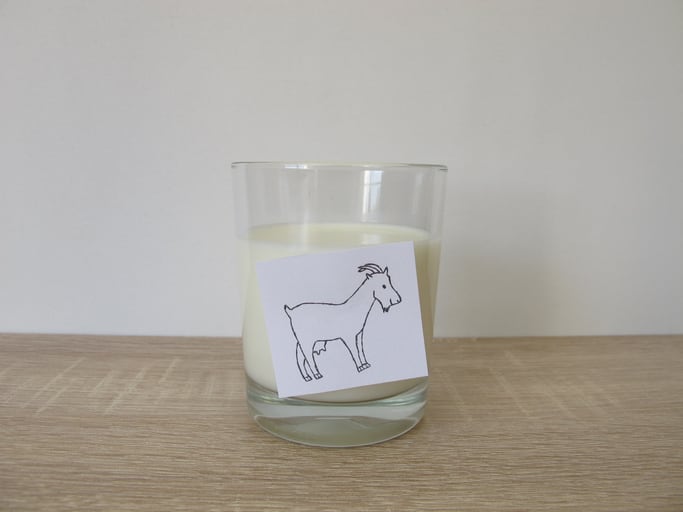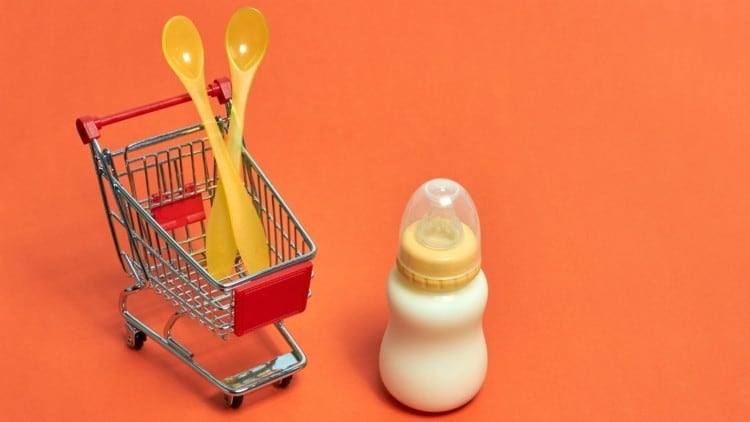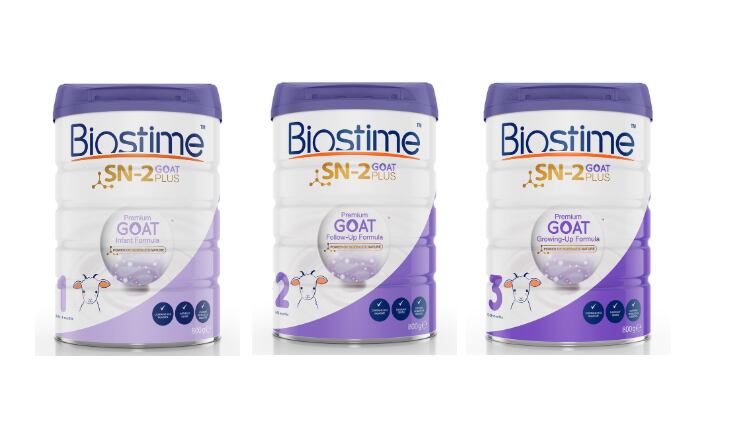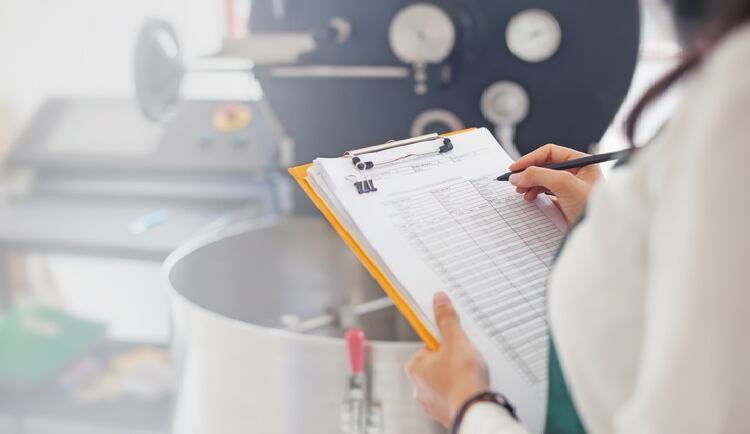MOH are usually found in food packaging and can potentially migrate into the food contained within. It can also come from machines and procedures used during harvesting and processing of food.
The study included 51 infant formulas sold in China in 2018, consisting 39 dairy milk-based and 12 goat milk-based. Researchers also included formulas in different stages (stage 1,2,3) and different package type (metal cans, paper box).
The researchers chose the Gas Chromatography – Flame Ionisation/ Mass Spectrometry (GC-FID/MS) method to measure MOH contamination as there was no harmonised standard analytical method for testing MOHs in infant formula.
Of the 51 samples, 17 samples were positive, including all 12 goat milk-based products.
The highest quantifiable MOH contamination level in goat milk-based infant formula was MOSH = 3.5 mg/kg and MOAH = 0.7 mg/kg.
MOHs are categorised into two main groups referred to as either mineral oil saturated hydrocarbons (MOSH) and mineral oil aromatic hydrocarbons (MOAH).
MOSH are typically paraffins and naphthenes while some MOAH may be carcinogenic.
Same in Europe
Recently, state laboratories in Germany also confirmed the presence of carcinogenic mineral oils in baby milk products sold there. The concentrations of MOAH was found to be in the range between 0.9 to 3.5 mg/kg.
The European Food Safety Authority (EFSA) had reported that MOH exposure for infants is of concern for human health, considering the possible presence of 3-7 ring polycyclic aromatic compounds (3-7 PAC) in MOAH.
Consumer group foodwatch had since called for EU-wide safety limits for mineral oils to be set.
According to the Asia-Pacific Infant and Young Child Nutrition Association (APIYCNA), there are currently no harmonised standard analytical methods for the detection of mineral oils in infant formula, nor any set limits for use, in international and national regulations.
This makes it difficult to study MOH contamination level in infant formula and its consequent potential food safety risks.
The study, led by China’s National Centre for Food Safety Risk Assessment, was aided with technical support from Nestlé Food Safety Institute of China and the Institute of Food Safety and Analytical Sciences, Nestlé research.
According to Nestle China, “The health and safety of babies is our number one priority and we take this extremely seriously. We would like to reassure parents that all our infant formula products are completely safe.”
Nestle pointed out that mineral oils are present in small amounts in the environment and in the production of some agricultural ingredients.
“We continuously improve our sourcing of raw and packaging materials, our manufacturing processes and testing methods. Our regular testing which follows the EU analytical method (JRC 19) has not shown detectable levels of mineral oils in our products, including from our tin cans.”
Nestle added that it performs more than 500 quality checks on its infant formula before releasing each production batch for sale, as well as conduct additional prevention and monitoring programs.
Packaging matters
A study conducted last year by Shuchang Zhang et al., on the MOH migration in Chinese infant formula stored in various packaging reported that MOSH levels were lowest in metal cans, followed by paper packaging and aluminium foil-plastic bags.
According to Food Standards Australia New Zealand (FSANZ), food contained in packaging derived from recycled materials generally contained higher levels of MOSH.
Researchers in this current study recommended further analysis of contamination whether from packaging or supply chain to control the MOH contamination for goat milk-based infant formula in China.
The study was funded by the National Key R&D Programme of China.
Source: Food Additives & Contaminants, Taylor & Francis
doi: 10.1080/19440049.2020.1748234
“Survey of Mineral Oil Hydrocarbons in Infant Formula From the Chinese Market”
Authors: Haixia Sui, et al.




